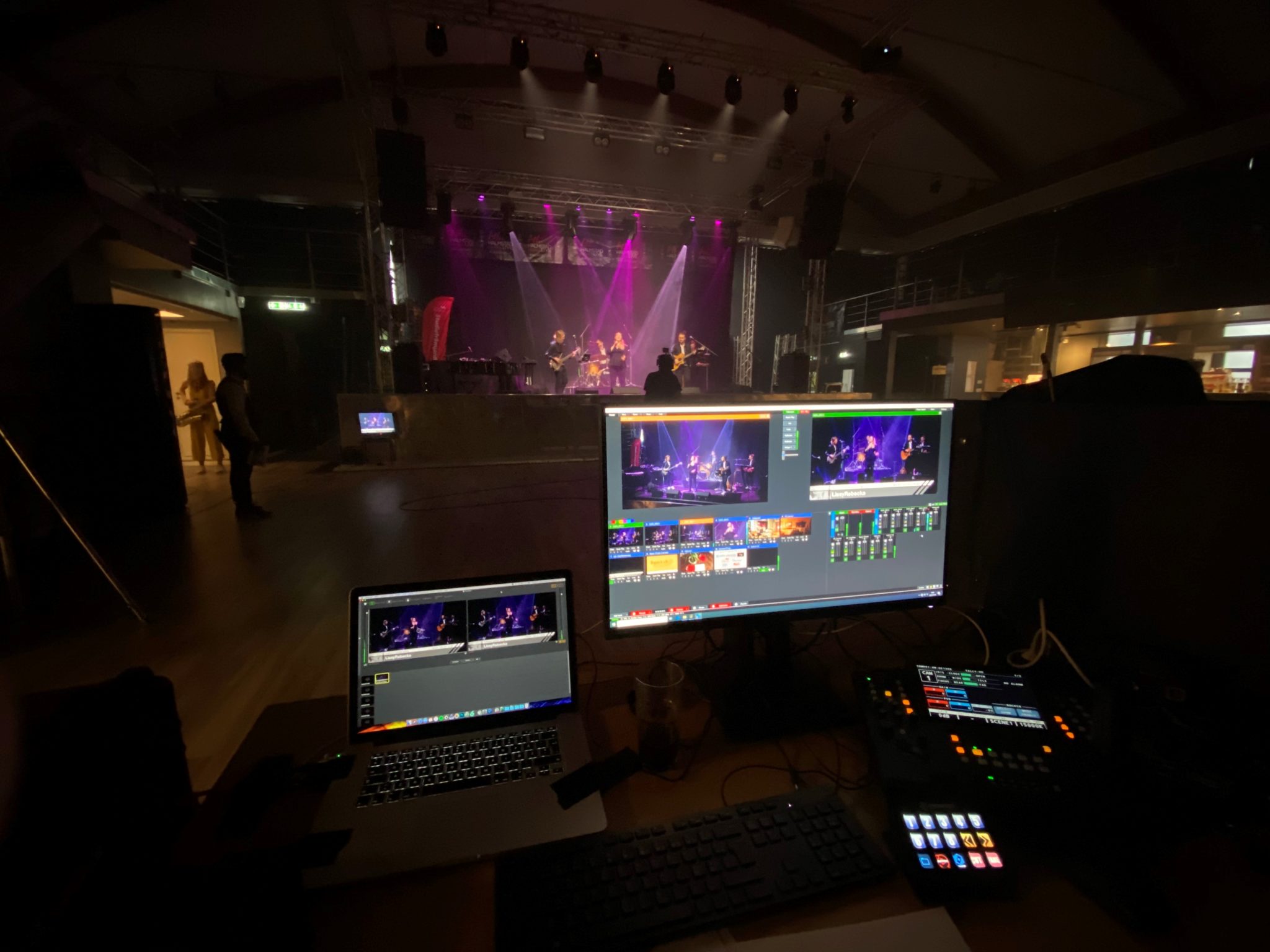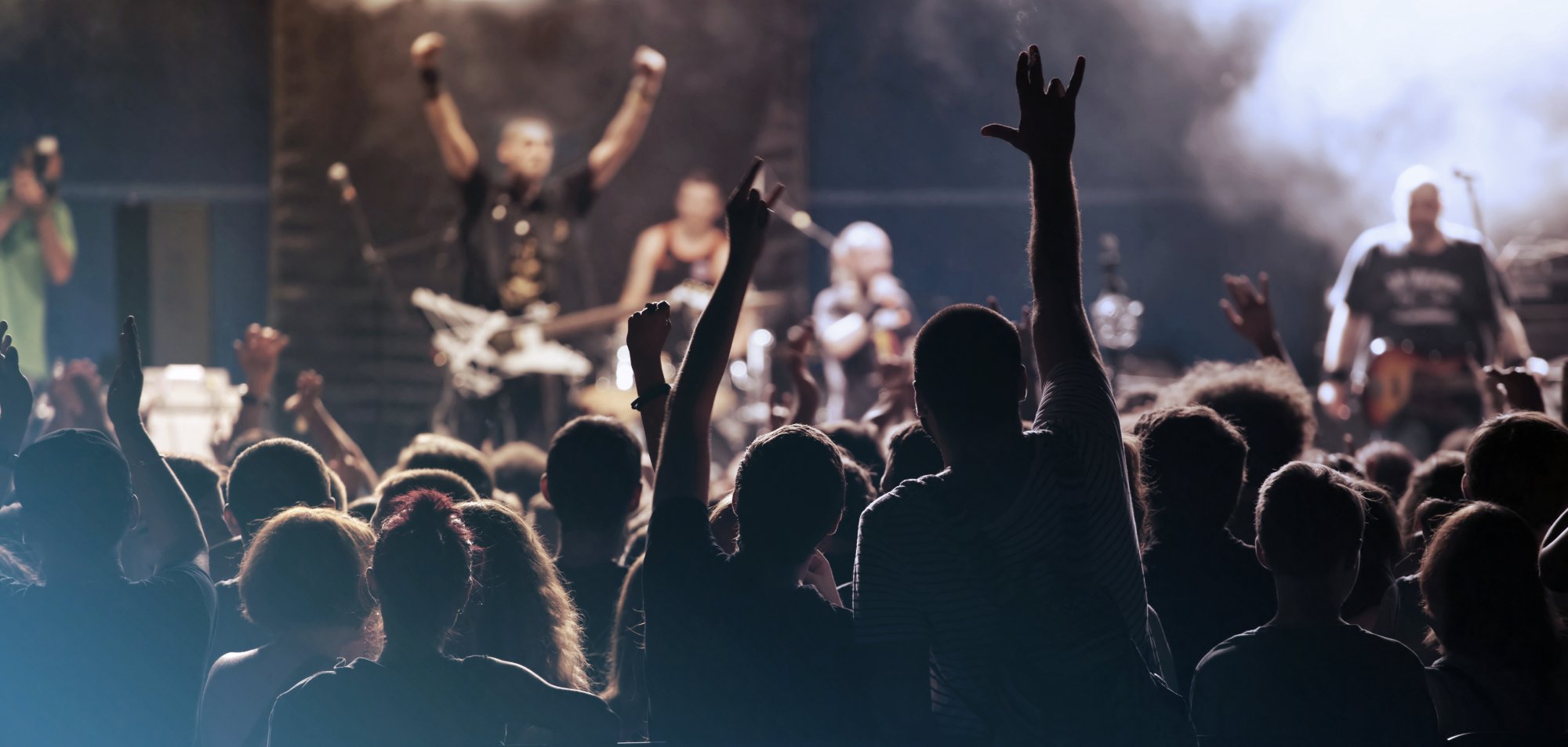Theatre happens to be a location where technology meets art. From the usage of lights to generate mood and atmosphere, to the usage of sound to improve emotions, technology has played an important role in the manner audiences experience plays and performances. With the advancement of technology in recent decades, stage technology has be much more complex and sophisticated, allowing productions to produce incredible visual effects that could transport the audience to a different world. In this post, we will explore the importance of Stage technology (Scenteknik) in theatre and how it enriches the audience experience.

Creating immersive environments - One of the most significant benefits of stage technology is its ability to produce immersive environments. With the help of projection mapping, virtual reality, and augmented reality, designers can cause stunning backdrops, landscapes, and settings that transport the audience to a different world. For example, shows like Harry Potter and the Cursed Child and Frozen use projection mapping technology to create scenes that look magical and otherworldly. These environments provide the audience a sense of being a the main play, making the entire experience more memorable and enjoyable.
Enhancing storytelling - Another role of stage technology is to boost the storytelling in a production. Projections can be utilized to display information, such as for example subtitles or captions, or to show flashbacks, dream sequences, and other visual aids that help the audience understand the plot and follow the storyline. Technology also allows theatre productions to use special effects to generate moments of awe and wonder, adding to the overall theatrical experience. Like, the Lion King uses intricate puppets to create an immersive and visually stunning production.
Improving accessibility - Stage technology has additionally improved accessibility for audiences who're deaf or hard-of-hearing. The utilization of captioning on stage has made theatre productions more accessible to these audiences, and other forms of technology, such as audio description, can make shows more inclusive for visually impaired patrons. Captioning can also be very theraputic for audiences who might not be fluent in the language of the play or for those who have difficulty understanding accents or dialects.
Making the impossible possible - Stage technology has given designers and directors the freedom to create productions that have been once considered impossible. Flying actors on stage, creating giant monsters, or simulating natural disasters are possible with the usage of technology. This has allowed productions to be creative and innovative, giving audiences a feeling of awe and wonder that they wouldn't get from the traditional production. Like, Wicked creates an entire landscape of Oz on stage, complete with flying monkeys and a bubble that takes Glinda to the sky.
Improving safety - Finally, technology has also improved the safety of theatre productions. With the use of automation, special effects, and lighting, productions can be created with an increased amount of precision, reducing the risk of accidents or injuries on stage. Automation gives stage managers more control within the movements of sets and actors, while special effects can be used to simulate dangerous stunts or situations without putting performers in harm's way.

Conclusion:
To conclude, stage technology has played a significant role in the evolution of theatre, providing designers and directors with endless possibilities to produce incredible productions that leave audiences in awe. Technology has the energy to generate immersive environments, enhance storytelling, improve accessibility, and make the impossible possible. It has revolutionized the way in which we experience theatre and has made it a far more inclusive and accessible art form. As we move ahead, it's exciting to look at the new technologies that will be developed and how they will continue steadily to enrich the audience experience.
For more information you should click on this kind of link stage technique(scenteknik).
